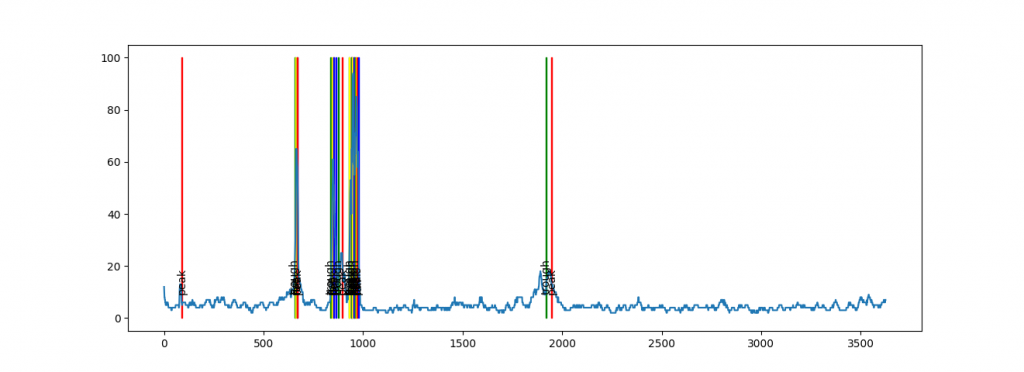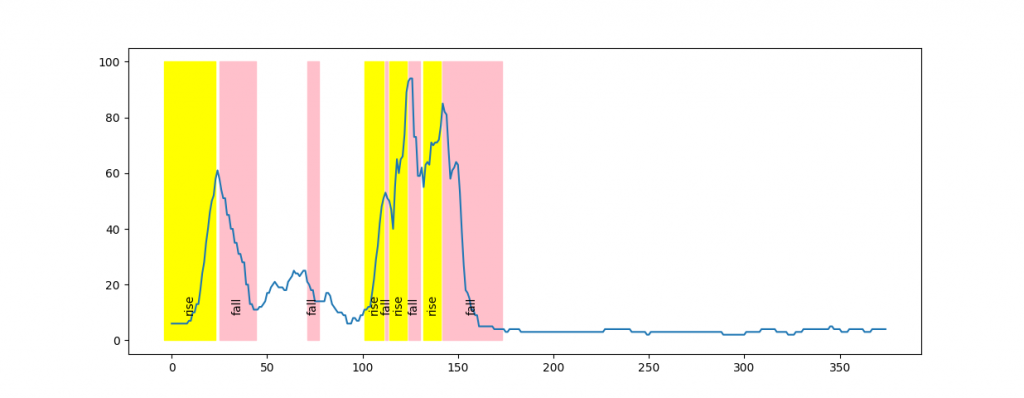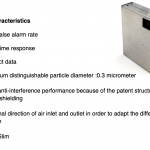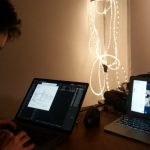Sonic Kayak sonification 6 – ahha.. how to read the data as states
1. Recognisable animal sounds vs
2. Processed animal sounds
3. Simple tones
4. Voice as a control eg. “TURBIDITY IS RISING, NOW 232!”
[ Note. We are making this material to play to online participants to be able to direct the next stage of implementation. And, due to COVID restrictions, we are not able to do this on the water, so will instead present 1 min videos from a paddling POV, inc ambient paddling audio.]
We also need the incoming sensor data to do the audio processing, not us. So the next stage is how are we receiving that data? and then make the necessary PD patches to live process those sounds within the ranges we find. Ultimately, the Q at the heart of any sonification project. That is, to create honest and in this case meaningful sounds, not just data as random input at one extreme or human controlled at the other.
Today Dave sends the news that he has come up with a system to turn the data into discrete events that we can use to trigger sounds. Above and below are some first plots based on the air quality data. “wobble” (above) is from where he walked passed a lorry belching smoke and then soon after a house with a log burner. “wobble-all” here shows how over an hour there is silence where nothing significant is happening.
data from the future 🙂 .
However, Amber feeds back that the peak/trough stuff is not worth dealing with as it takes too much mathematical action/a hack to work consistently. Brilliant. So, instead of thinking of rise/fall, as instantaneous
events, Dave has replaced them with “rise begin”, “rise end”, “fall begin”, “fall end” so that there’s a varied duration, and never more than one thing at a time. See this one…
So the next stage: how do we use this to sonify our sounds?







